George Town
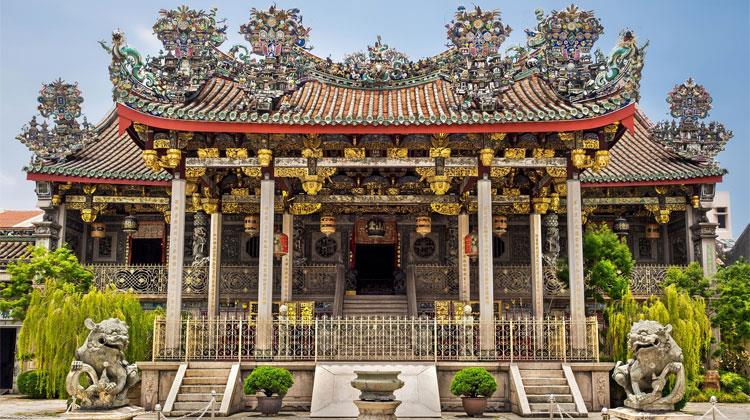
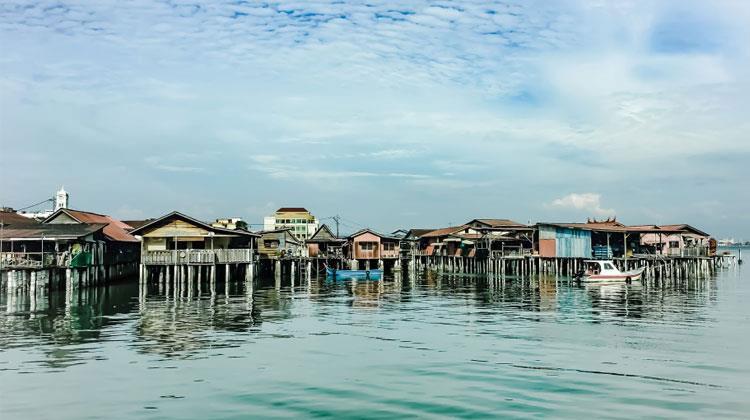
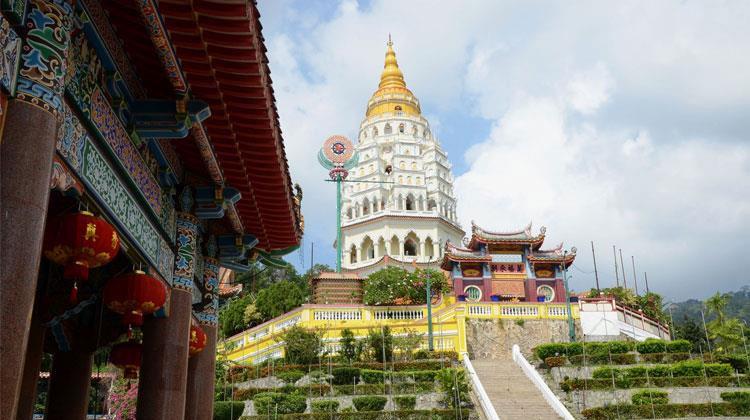

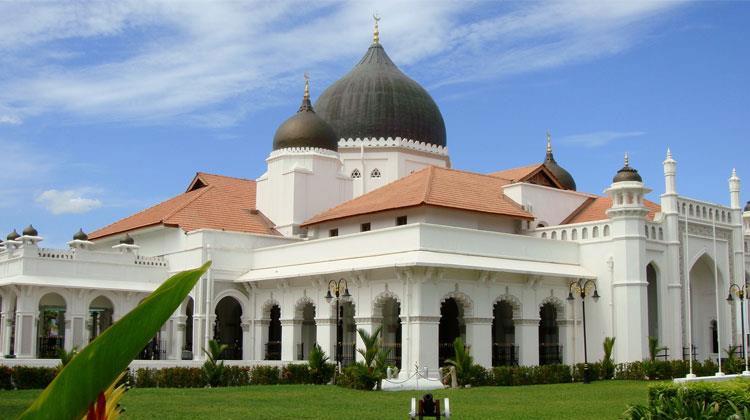



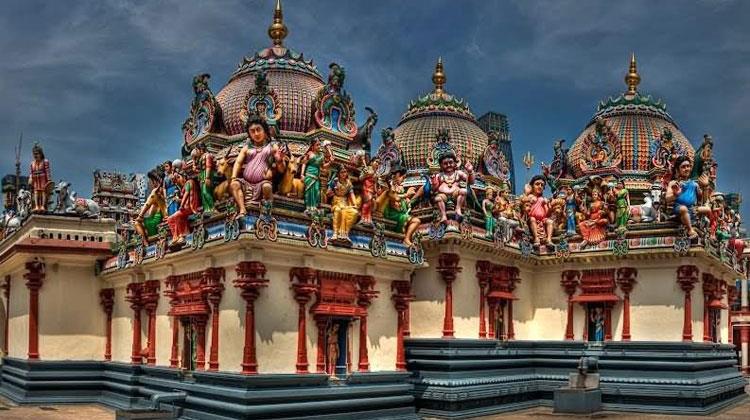
Khoo Kongsi
This spectacular clanhouse is one of the most impressive in George Town.Gorgeous ceramic sculptures of immortals, carp, dragons, and carp becoming dragons dance across the roof ridges. The interior is dominated by incredible murals depicting birthdays, weddings and, most impressively, the 36 celestial guardians.
Clan Jetties
Located straight down from Lebuh Chulia, the Clan Jetties – a series of six jetties that form part of the Penang Heritage Trail – is billed as one of the last bastions of old Chinese settlements on the island.Initially a wood yard littered with planks and firewood, after the construction of the Quay in 1882, the waterfront was developed with short public landing stages (jetties). In time, settlements grew on these foundations, with each named and dominated by certain clans. Due to constant rivalry over access and monopoly of work consignments on the docks, relationships between the clans were very antagonistic and often led to bitter fights and disputes.
Kapitan Keling Mosque
Built in 1801 by Penang’s first Indian Muslim settlers (East India Company troops), the Indo-Moorish Kapitan Keling Mosque is a Penang landmark, set at the junction of Lebuh Buckingham and Lebuh Pitt.The largest mosque in Georgetown, it was named after the 'kapitan' of the Keling (a leader of the South Indian community similar to the leader of the Chinese community), Cauder Mydin Merican. The whitewashed mosque is topped with large golden-yellow Mughal-style domes, crescents and stars and features a single, typical Indian-Islamic minaret from which the sound of the azan (call to prayer) can be heard. It used to sprawl across 18 acres but now encompasses only eight (the land was claimed by the government for the construction of roads); if you want to visit, will need the permission of mosque officials. Take note, that only properly-attired visitors are allowed entrance – for women this means longs pants or skirts, and shirts for men.
Kek Lok Si Temple
Standing on a hilltop at Air Itam, Kek Lok Si is Malaysia’s largest Buddhist temple, comprising a series of monasteries, prayer halls, temples and beautifully-landscaped gardens.A national icon, built in 1890, the ten-acre site is divided into three zones: the lower level of the complex comprises the hill entrance, souvenir, food and drinks stalls and the turtle liberation pond.
The middle section houses temples, gardens, a pagoda and the four heavenly kings pavilion, while the hilltop is home to an enormous statue of the Goddess of Mercy, Kuan Yin as well as more gardens and temples. Carved into the rock face and perched atop the slopes of Air Itam, it is a cornerstone of the Malaysian Chinese community and is also called the 'Temple of Supreme Bliss'. There are several stunning not-to-be-missed attractions, ranging from a seven-storey, 30m-high pagoda of Rama VI to a 36.5 metre-high bronze statue of Kuan Yin.
Kuan Yin Temple
Penang’s oldest temple, Kuan Yin Temple is set on Jalan Masjid Kapitan Keling (previously known as Pitt Street). Built in 1728, at the cost of 4,000 Spanish dollars (a princely sum at the time) it was constructed by early immigrant settlers from China in honour of the Chinese Goddess of Mercy, Kuan Yin. Older than the kongsis (clan houses) of Penang, it was originally used not only for religious but also for social functions within the Chinese community.The temple features classic Chinese architecture with carvings of dragons around the stone pillars, high ceilings, and ceramic sculptures of dragons lining the roof ridges: however, one of the temple’s highlights is that of a beautiful 18-arm statue of Kuan Yin.
Fort Cornwallis
The largest standing fort in Malaysia, Fort Cornwallis was once an impressive star-shaped bastion intended as a defensive structure against pirates, Kedah forces and even the French during the Napoleonic Wars. Built in 1786, it is set close to the Esplanade and Penang Clocktower and was named after Marquis Charles Cornwallis: although it was intended for the Royal artillery troops and the military, it served an administrative function rather than an actively defensive one.Sri Mariamman Temple
Sri Mariamman Temple is a Hindu temple set on Lebuh Queen and Lebuh Chulia in Georgetown’s compact Little India district: built in 1833, the temple is dedicated to the Hindu god, Lord Subramaniam. Also known as the Arulmigu Sri Mahamariamman Temple or Queen Street Indian Temple, it is the oldest Hindu temple on the island.A typical example of Hindu architecture, built in the southern Indian Dravidian style, shining diamonds and precious stones are part of its façade and it is dominated by a 23.5ft-tall gopuram (entrance gate). This four-tiered tower has 38 brightly coloured sculptures of soldiers, Hindu gods and goddesses and floral decorations, plus four swans. The tower represents Mt. Meru, the celestial mountain that holds up the heavens, and the realm of the gods which begins in the temple compound.
Great Trip with Great Company
